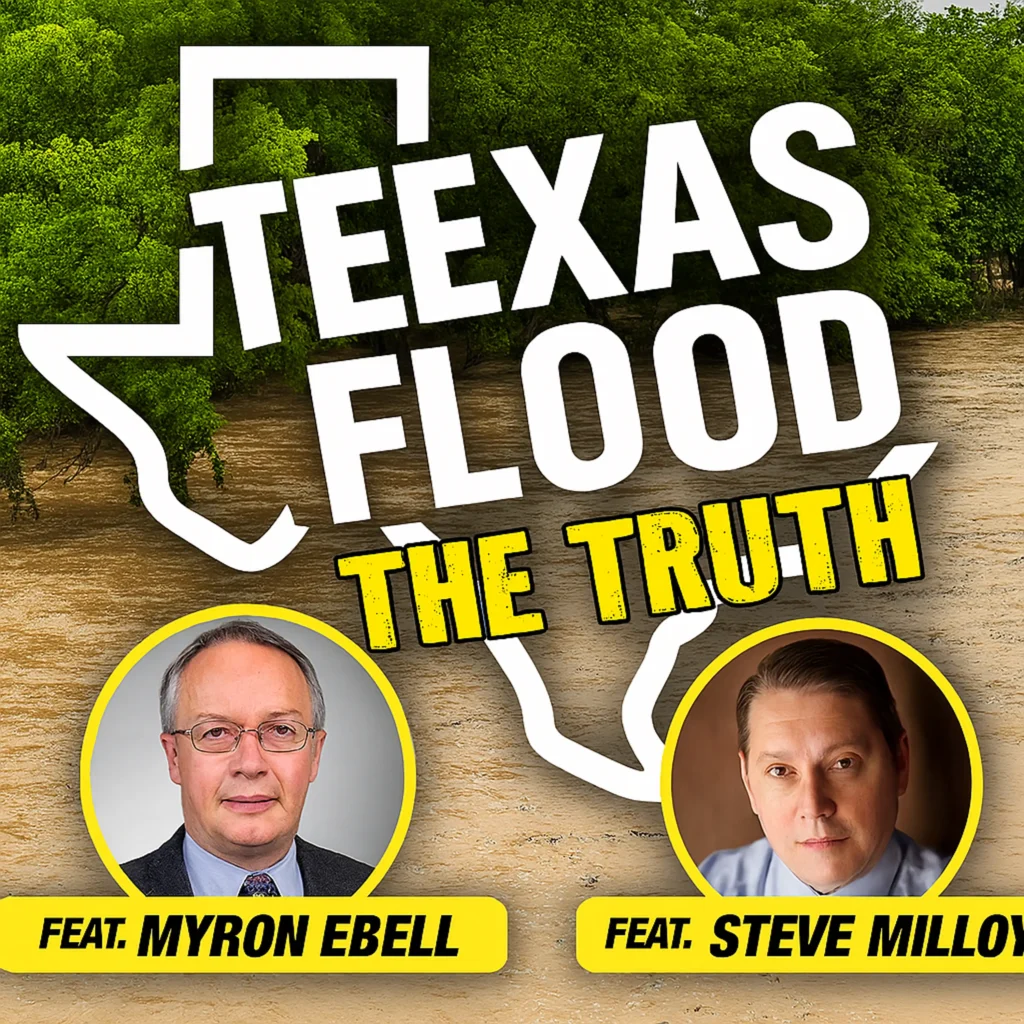|
This is the second in a series of Environment Alerts from Sandy Liddy Bourne, Heartland’s national legislation manager, about an issue that could profoundly affect virtually every aspect of American life. The issue centers on the attempt to regulate all carbon emissions–from the air you breathe to emissions from factories and powerplants–through the U.S. Environmental Protection Agency. Because of the profound impact this regulatory power-grab could cause if successful, The Heartland Institute will send further updates as warranted by action in Washington, D.C. |
On Friday, July 11, the White House announced the release of the Advanced Notice of Proposed Rulemaking (ANPR) by the Environmental Protection Agency (EPA) for the purpose of regulating greenhouse gas emissions under the Clean Air Act (CAA). The ANPR is scheduled to be published in the Federal Register on or about July 25. There will be a 120 day comment period beginning on that date for the public to review the ANPR and respond.
The ANPR was accompanied by a 14-page “Policy Memorandum” from The White House that was severely critical of the ANPR and makes it clear that “the EPA’s staff draft does not represent Administration policy.”
Background
The ANPR is one of the steps EPA has taken in response to the U.S. Supreme Court’s decision in Massachusetts v. EPA. The Court found that the Clean Air Act (CAA) authorizes EPA to regulate tailpipe greenhouse gas emissions but only if EPA determines they cause or contribute to air pollution that may reasonably be anticipated to endanger public health or welfare.
A significant question raised by the ANPR is whether greenhouse gases (GHG) can be regulated effectively under the CAA. The staff EPA draft regulation attempts to cover every aspect of greenhouse gas emissions and reflects the complexity and magnitude of the question of whether and how greenhouse gases could be effectively controlled under the Clean Air Act.
The document summarizes much of EPA staff work and lays out concerns raised by other federal agencies during their review of this work. EPA stated that it is publishing this notice at this time because it is impossible to simultaneously address all the agencies’ issues and respond to the agency’s legal obligations in a timely manner.
Key Issues for Discussion and Comment in the ANPR:
The ANPR suggests several items for discussion and comment. There are descriptions of key provisions and programs under the CAA and lists of a few advantages and disadvantages of regulating GHGs under those provisions. More importantly, a major question is how a decision to regulate GHG emissions under one section of the CAA would lead to regulation of GHG emissions under other sections of the Act. For example, how would determining the regulation of GHG’s for mobile sources (vehicles) effect the establishment of permitting requirements for stationary sources of listed air pollutants?
Congress will need to consider future climate legislation and the potential duplication or overlap of authorities between future legislation and the regulation under the existing CAA. Is the Clean Air Act the appropriate authorizing legislation for greenhouse gas legislation or should there be a separate legislative vehicle that provides authorization for greenhouse gas legislation?
The ANPR indicates that there are costs as well as benefits to the public from imposing the proposed greenhouse gas regulation, but the document does not cite specific costs within a variety of economic sectors and is missing significant economic analyses usually seen with proposed rulemakings.
Another issue that requires comment and discussion is the underlying scientific basis for an endangerment finding or analysis. There are many scientific assumptions that are unsubstantiated or require clarification for an appropriate public debate. There is little indication within the document that the proposed regulatory scheme would actually reduce global temperatures.
Finally, the ANPR is seeking information regarding potential regulatory approaches and technologies for reducing GHG emissions.
EPA’s Rationale
The EPA’s rationale for issuing the ANPR is quoted below and is not a reflection of the opinions of anyone associated with The Heartland Institute.
“In April 2007, the Supreme Court concluded that GHGs meet the CAA definition of ‘air pollutant,’ and that section 202(a)(1) of the CAA therefore authorizes regulation of GHGs subject to an Agency determination that GHG emissions from new motor vehicles cause or contribute to air pollution that may reasonably be anticipated to endanger public health or welfare. This determination is known as the endangerment test.
“A decision to regulate GHG emissions under one section of the CAA could or would lead to regulation of GHG emissions under other sections of the Act, including sections establishing permitting requirements for major stationary sources of air pollutants.
“On May 14, 2007, in response to the Supreme Court’s decision, the President issued an Executive Order to control greenhouse gas emissions from motor vehicles, nonroad vehicles, and nonroad engines.
“EPA began work with Departments of Energy, Agriculture, and Transportation (DOT) to develop new regulations to cut GHG emissions from new motor vehicles and their fuels. EPA had planned to propose these GHG rules by the end of 2007, but this did not occur. A major factor contributing to this outcome was Congress’ approval and the President’s signature into law of the Energy Independence and Security Act (EISA) on December 19, 2007.
“With the enactment of the EISA on December 19, 2007, the policy context for the response to the Supreme Court decision changed. DOT received new authority and a mandate from Congress to tighten Corporate Average Fuel Economy standards in coordination with EPA. EPA will consider this change in evaluating CAA new motor vehicle standards.
“EPA received new authority and a mandate from Congress to strengthen the existing CAA renewable fuels standard.”
How to Comment
Comments should be identified by the following Docket ID Number: EPA-HQ-OAR-2008-0318
Comments should be submitted by one of the following methods:
Online: Go to http://www.regulations.gov and follow the on-line instructions.
Email: [email protected]
Fax: 202-566-9744
Mail: Send to Air and Radiation Docket and Information Center, Environmental Protection Agency, Mailcode: 2822T, 1200 Pennsylvania Ave., NW., Washington, DC 20460. In addition, please mail a copy of your comments on the information collection provisions to the Office of Information and Regulatory Affairs, Office of Management and Budget (OMB), Attn: Desk Officer for EPA, 725 17th St. NW., Washington, DC 20503.
Hand Delivery: EPA Docket Center, EPA West Building, Room 3334, 1301 Constitution Ave., NW, Washington DC, 20004. Such deliveries are only accepted during the Docket’s normal hours of operation, and special arrangements should be made for deliveries of boxed information.
More Information
For more information on GHG emissions from transportation, go to: http://epa.gov/otaq/climate/
Further information on this action and other background information is available at: http://epa.gov/climatechange/
The link to the ANPR: http://www.epa.gov/epahome/pdf/anpr20080711.pdf
Nothing in this message is intended to influence the passage of legislation, and it does not necessarily represent the views of The Heartland Institute.



